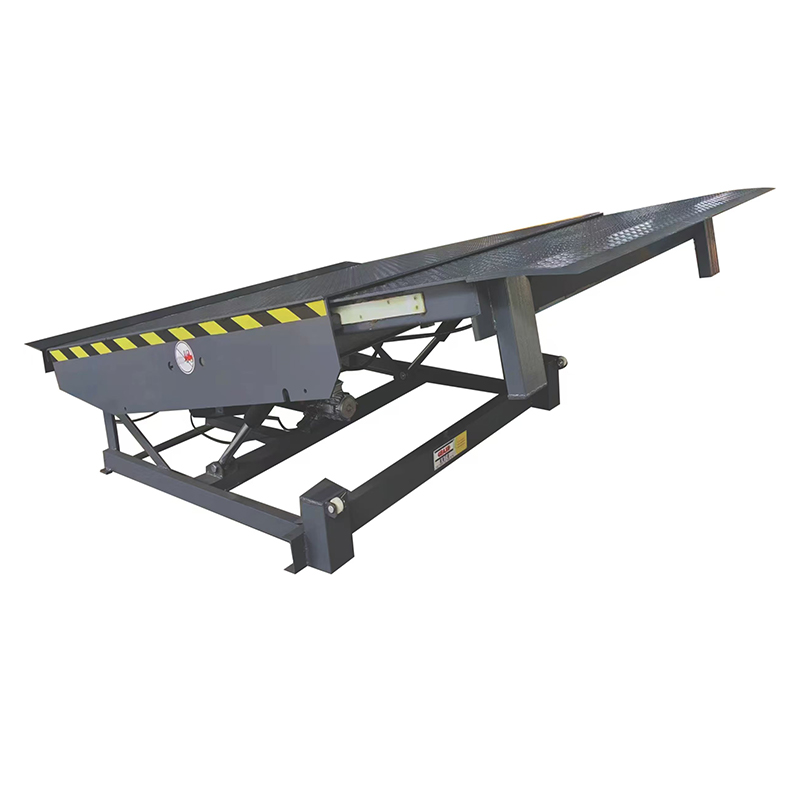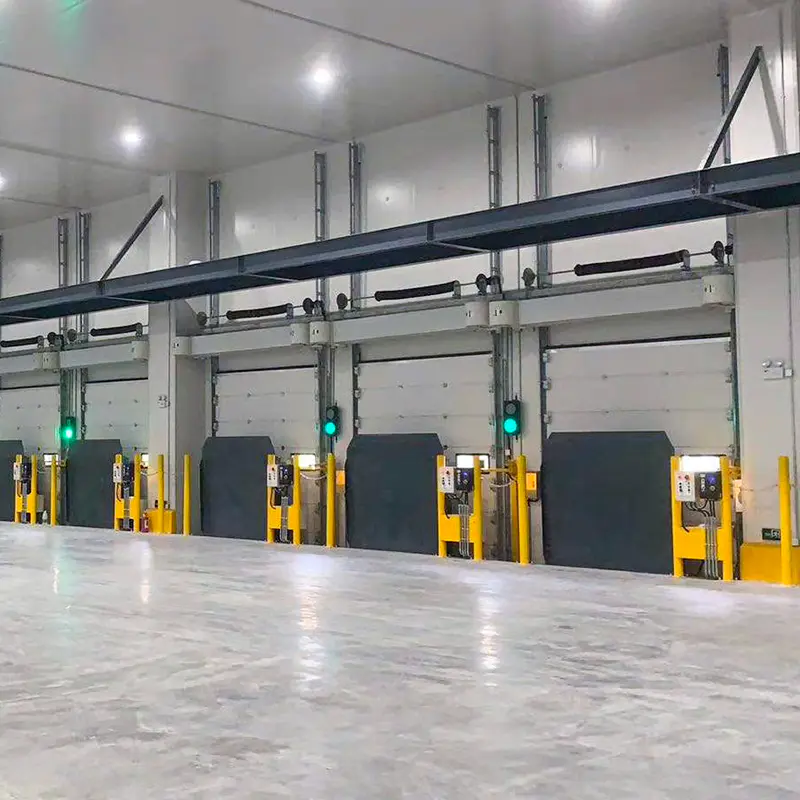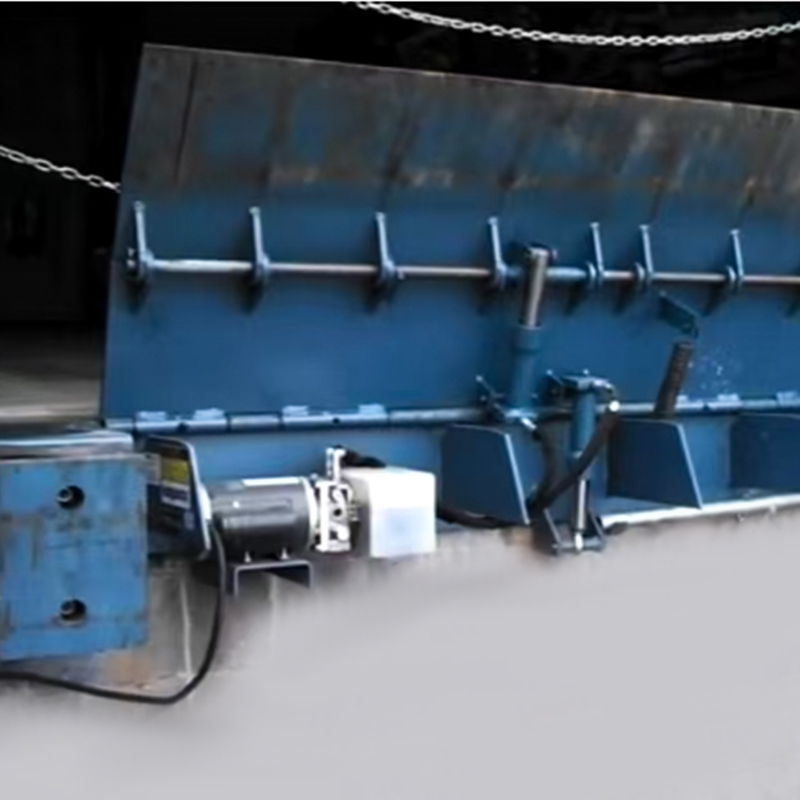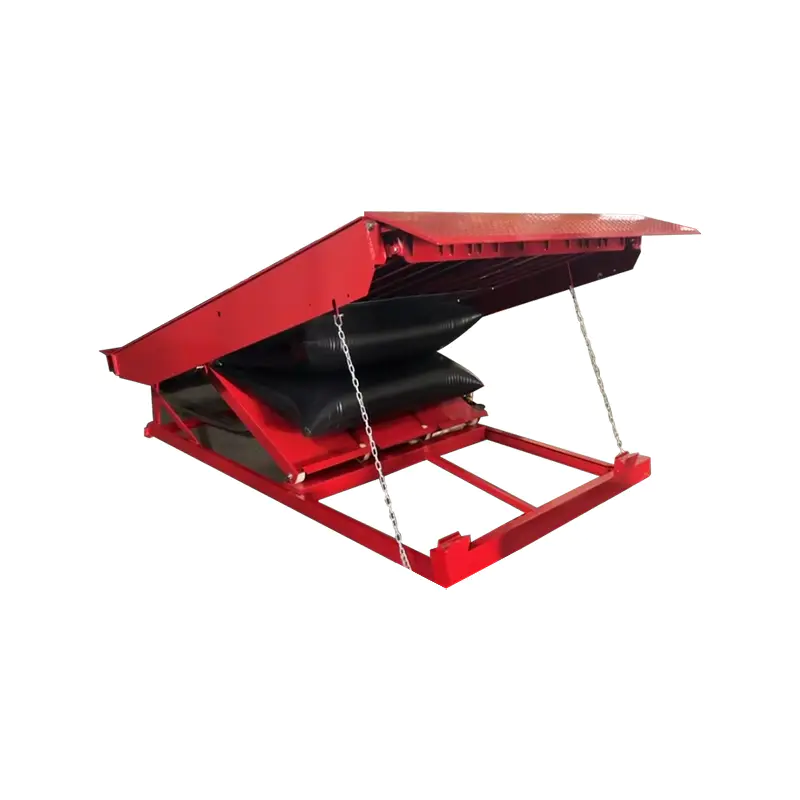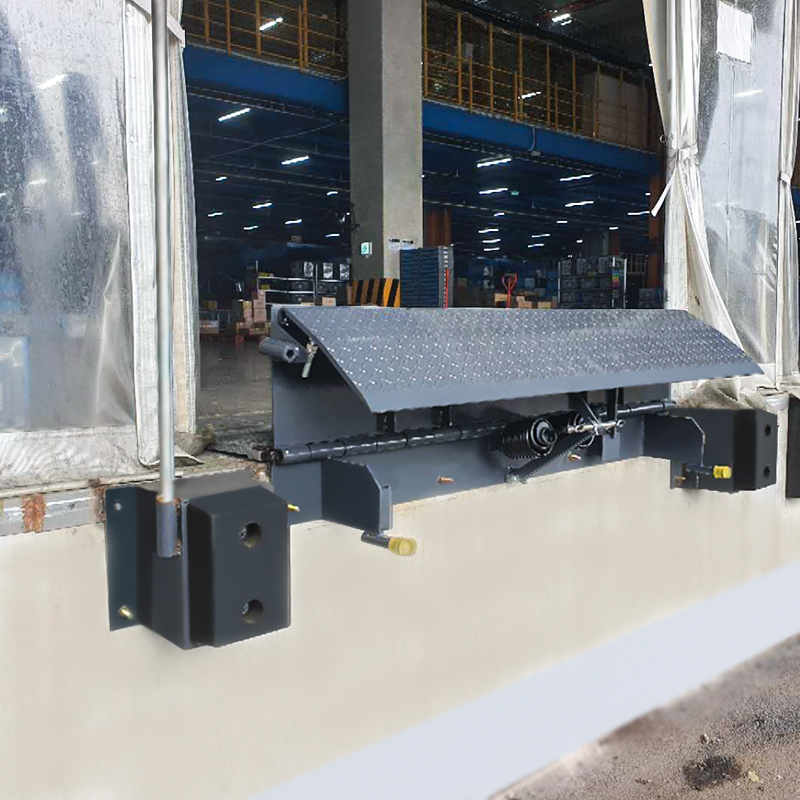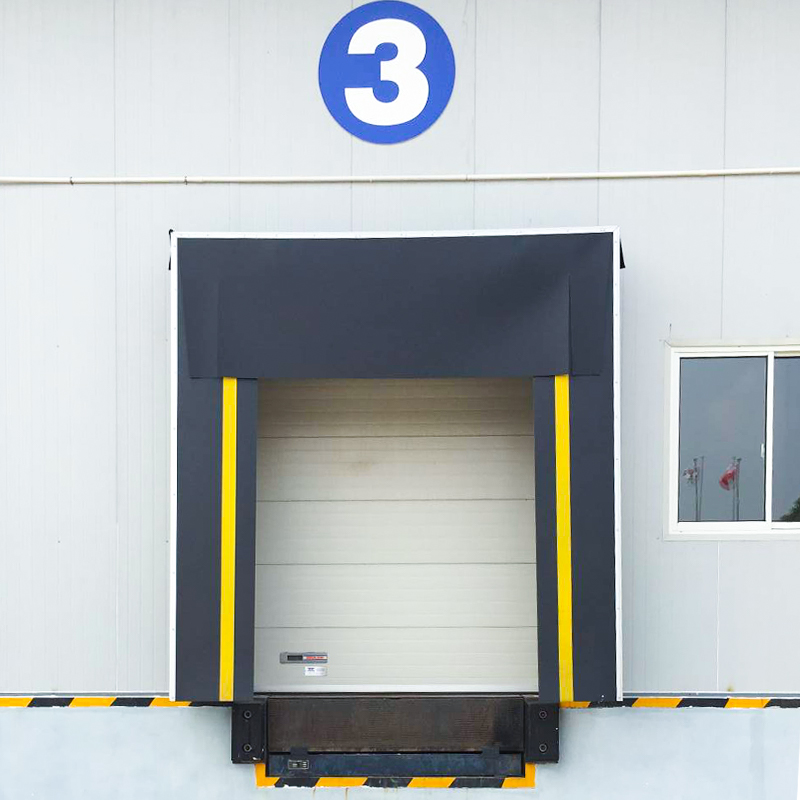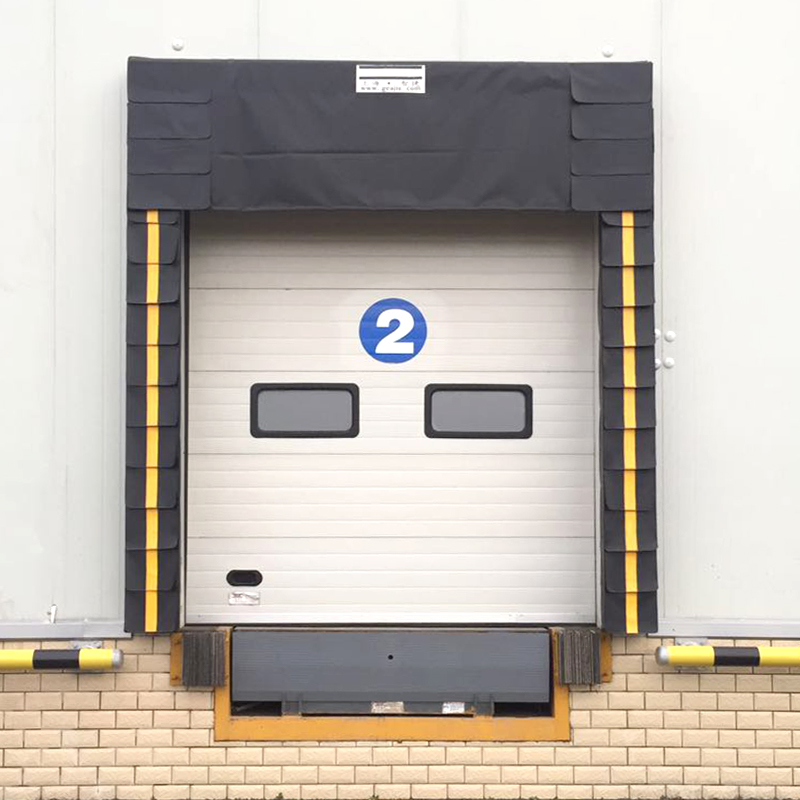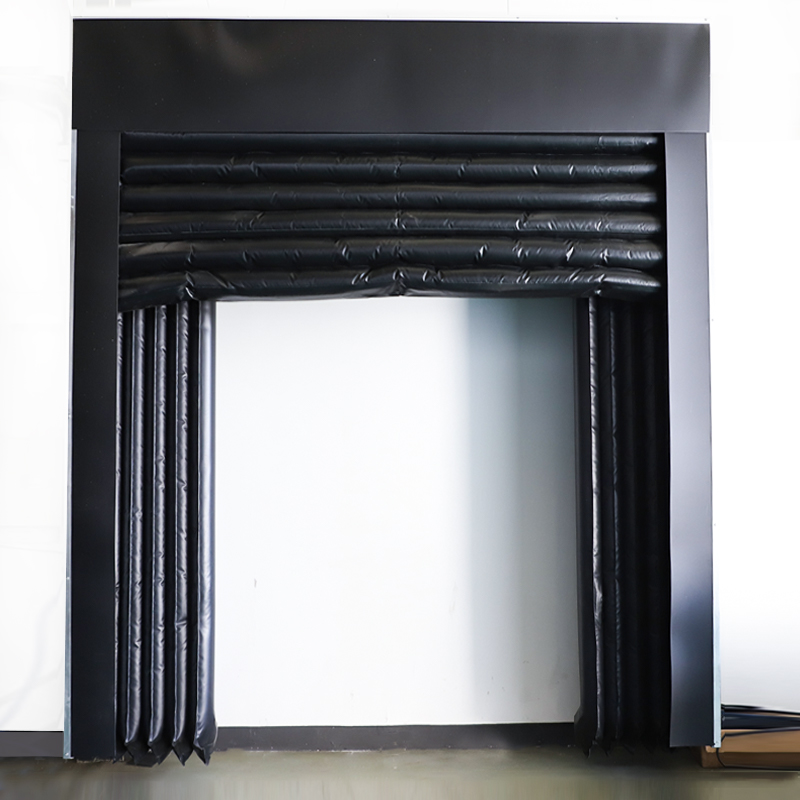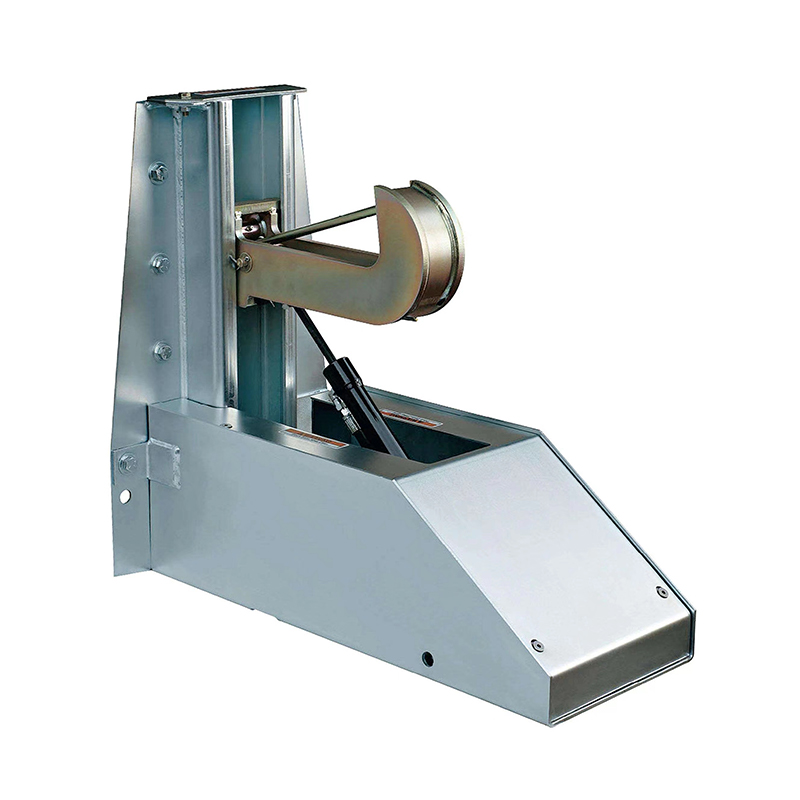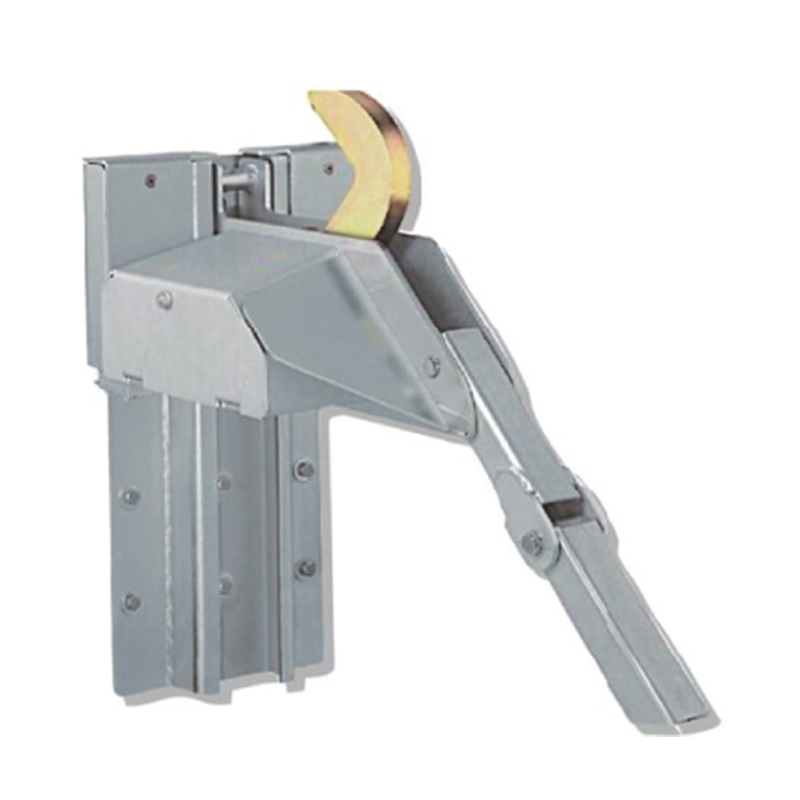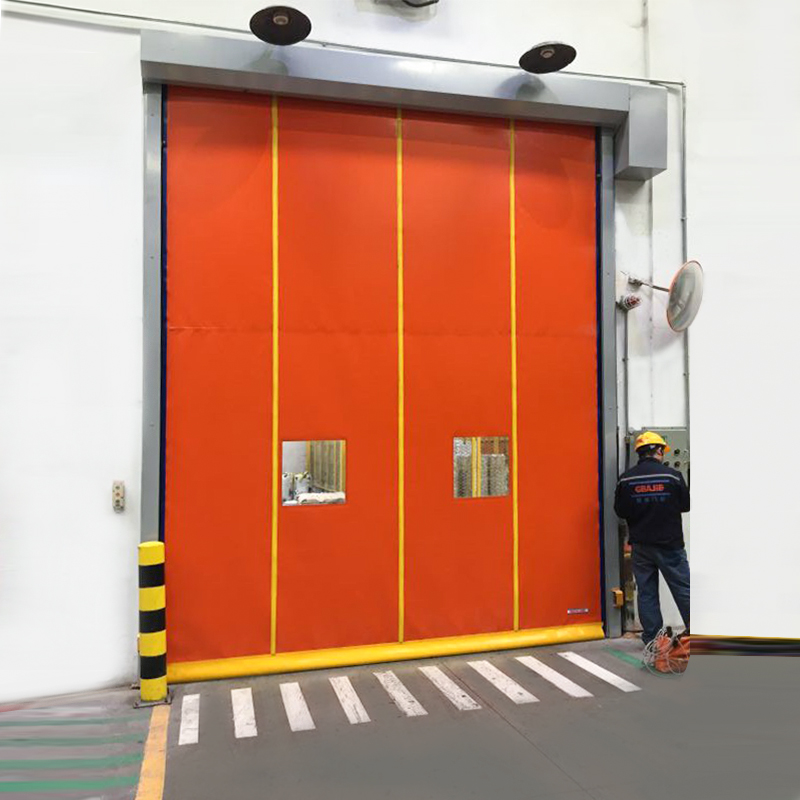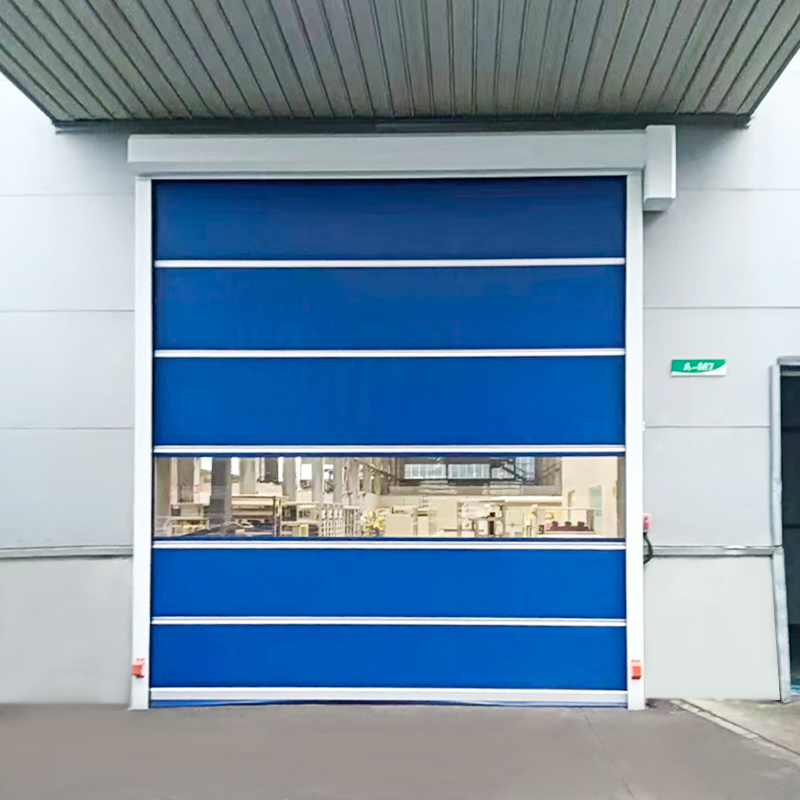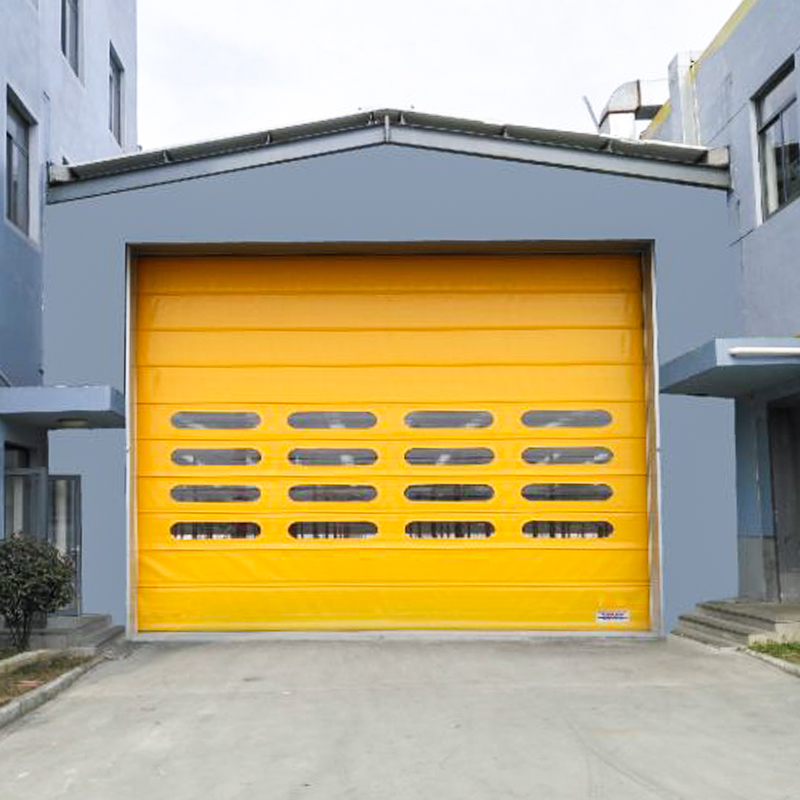Reinforced Structural Design and Load DistributionEOM Industrial Dock Levelers are engineered with...
The insulation within an Industrial Sectional Door serves as an effective sound barrier, significantly reducing the transmission of noise between the interior and exterior of the building. The materials used for insulation, such as expanded polystyrene (EPS), polyurethane, or mineral core, possess sound-dampening properties that absorb and minimize noise. This is particularly beneficial in industrial environments where high levels of external noise, such as from heavy machinery, traffic, or construction activities, can disrupt operations or disturb surrounding areas. By reducing noise transmission, insulated sectional doors contribute to a quieter internal work environment and help maintain compliance with noise regulations, which is vital for both worker comfort and community relations.
The insulation in Industrial Sectional Doors plays a pivotal role in regulating internal building temperatures. With thermal insulation, these doors prevent the passage of heat or cold between the inside and outside of the building. In colder climates, insulated doors reduce the amount of heat loss during winter months, ensuring that the internal temperature remains stable and comfortable for workers. Conversely, during the summer months, insulation prevents the infiltration of outside heat, keeping the building cooler and reducing the need for air conditioning. This temperature control function is critical for industries that rely on climate-sensitive processes, products, or machinery, as it helps maintain optimal conditions for both operations and storage.
By enhancing temperature control, the insulation within the Industrial Sectional Door directly contributes to improved energy efficiency. The insulation limits the amount of energy lost through the door, meaning that heating and cooling systems within the building do not need to work as hard to maintain the desired internal temperature. This reduction in energy demand leads to substantial savings on heating and cooling costs over time. In buildings with large doors that open frequently, such as warehouses or loading docks, insulated sectional doors help minimize the energy consumption associated with frequent exposure to external temperatures. By stabilizing the internal climate and reducing the need for constant temperature adjustments, these doors offer significant energy savings, which can result in lower utility bills and a reduced carbon footprint.
An insulated Industrial Sectional Door creates a more stable and comfortable work environment by reducing both temperature fluctuations and external noise. Workers are less likely to be exposed to extreme temperature changes, which can enhance their comfort and productivity. The reduction in external noise levels helps to create a quieter atmosphere, allowing employees to concentrate better and reducing the risk of hearing damage in noisy environments. This combination of temperature stability and noise reduction not only boosts employee morale but also improves operational efficiency.
In industrial settings, the insulation of Industrial Sectional Doors also plays a crucial role in protecting sensitive equipment, machinery, and inventory from the damaging effects of temperature fluctuations. Many industries, such as food processing, pharmaceuticals, and electronics manufacturing, require consistent temperatures to prevent spoilage, degradation, or malfunction of products. Insulated doors help maintain the internal environment by mitigating the influence of external temperature changes, thus preserving the integrity of both products and equipment. This is especially important for industries that deal with perishable goods or sensitive electronic components that can be easily affected by fluctuations in temperature or humidity.

 English
English Español
Español Tiếng Việt
Tiếng Việt

